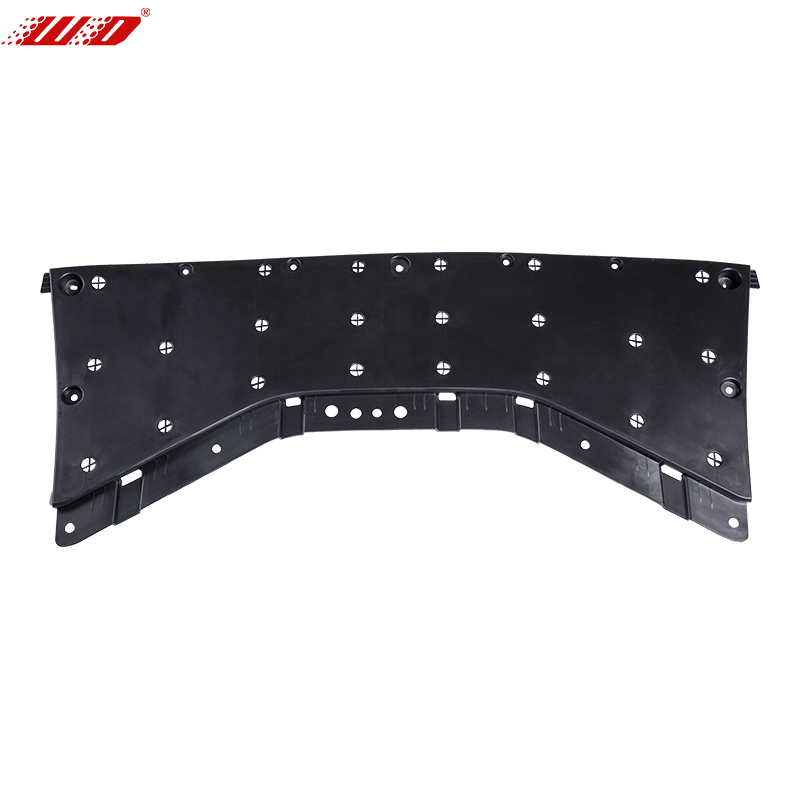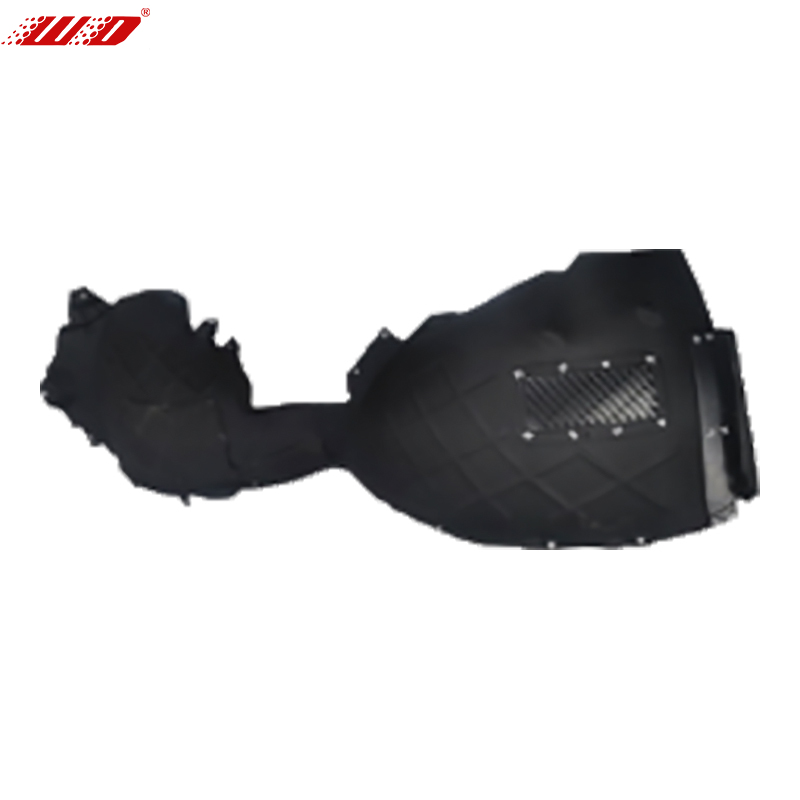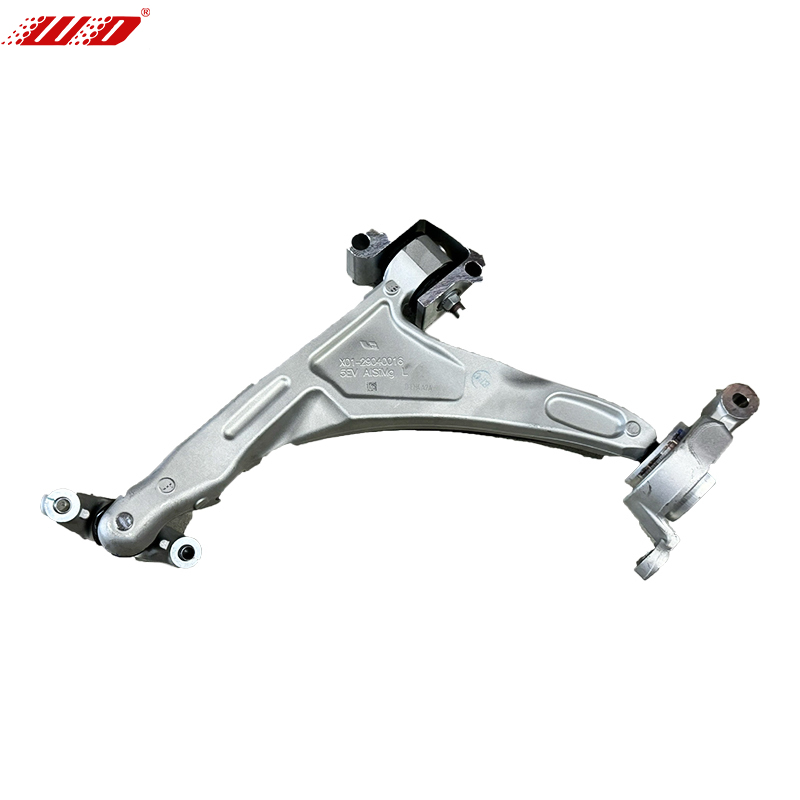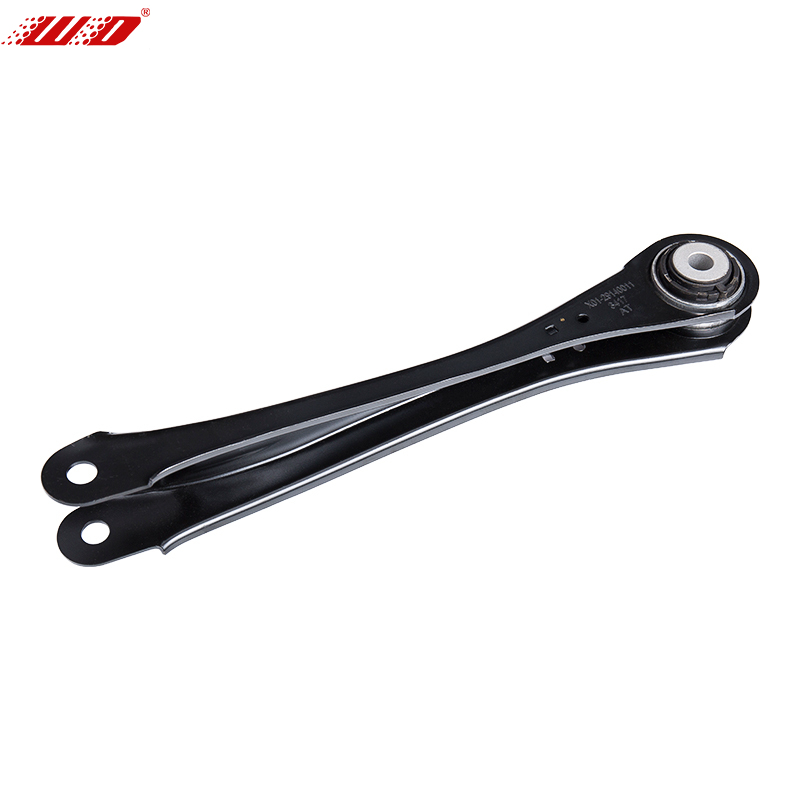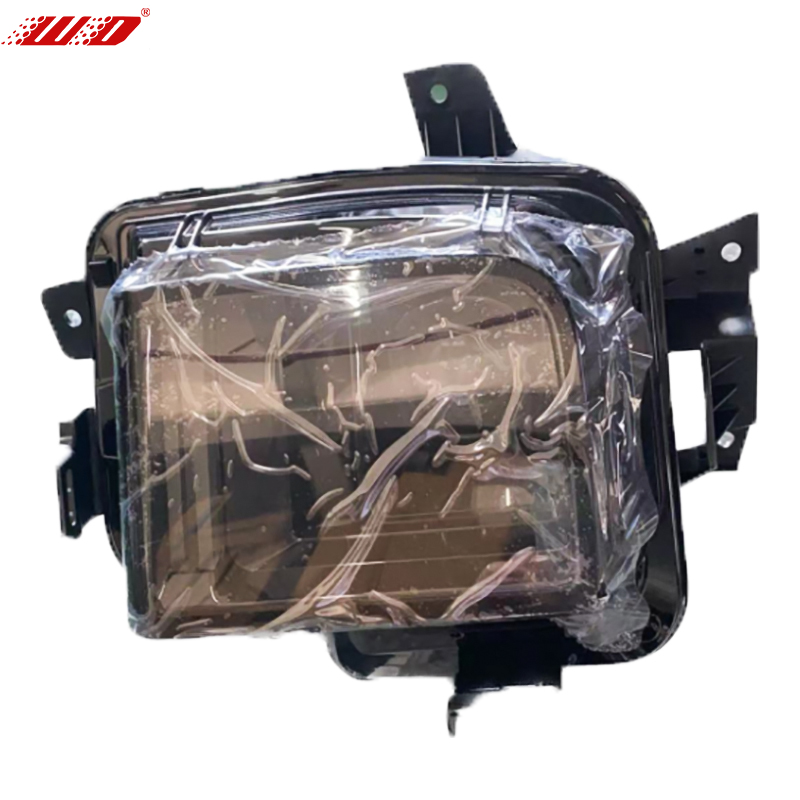The world of auto parts is vast and complex. From replacing a worn-out brake pad to sourcing components for mass vehicle assembly, understanding how automotive parts work—and how to choose them wisely—is essential for drivers, repair professionals, and distributors alike. This comprehensive guide answers common questions about auto parts, including definitions, classifications, certifications, environmental compliance, pricing, sourcing channels, and international standards.
1. What Are Auto Parts?
Auto parts refer to the individual components that make up a motor vehicle. These parts perform mechanical, electrical, safety, comfort, and aesthetic functions.
Major Categories of Auto Parts:
-
Powertrain components: engine, gearbox, clutch, driveshaft, differential
-
Chassis & suspension: control arms, bushings, struts, shocks, stabilizer bars
-
Brake system: pads, rotors, calipers, master cylinders, ABS sensors
-
Electrical & electronic systems: batteries, alternators, starters, ECUs, wiring harnesses
-
Cooling system: radiators, thermostats, water pumps, fans
-
Air intake & exhaust: filters, intake manifolds, mufflers, catalytic converters
-
Fuel system: injectors, pumps, tanks, sensors
-
Interior & exterior parts: seats, dashboards, bumpers, mirrors, lamps
-
Body structure components: panels, hoods, doors, frames, subframes
-
HVAC system: compressors, condensers, blower motors, heaters
2. OEM vs Aftermarket Auto Parts
One of the most frequently asked questions is: Is it an OEM or aftermarket part?
OEM (Original Equipment Manufacturer) Parts
-
Supplied by the same company that made the part for the original vehicle
-
Guaranteed fitment and performance
-
Often more expensive due to branding and licensing
-
Packaged with vehicle manufacturer logos (e.g., Toyota, Ford, Mercedes)
Aftermarket Parts
-
Made by third-party manufacturers (e.g., Bosch, KYB, Valeo, Mahle)
-
May offer equivalent or improved performance
-
Available in wider price ranges
-
Quality varies greatly: premium, standard, budget-grade
Is OEM always better?
Not necessarily. High-quality aftermarket parts can outperform OEM in areas like longevity, fuel efficiency, or ease of installation. The key is choosing a reputable brand.
3. Are These Auto Parts Certified?
When evaluating the reliability and safety of auto parts, certification plays a critical role. Certified parts have undergone standardized testing and assessment processes that ensure they meet specific performance, quality, safety, or environmental requirements. These certifications are not just badges — they represent compliance with international or regional regulatory frameworks and provide assurance to buyers, mechanics, and end-users.
One of the most recognized global certifications is IATF 16949 (formerly ISO/TS 16949), a quality management standard developed specifically for the automotive industry. It ensures that manufacturers adhere to consistent production practices, risk control, and customer-focused quality objectives across the supply chain. This certification is often a prerequisite for suppliers to work with original equipment manufacturers (OEMs).
In the United States, SAE (Society of Automotive Engineers) certification covers technical performance, including mechanical strength, materials, and dimensional standards for auto parts. For components like lighting systems and brake parts, DOT (Department of Transportation) approval is mandatory to ensure safety compliance on American roads.
European markets rely on the ECE R standards, often marked with an E-mark, to confirm that products meet EU requirements for safety, emissions, and lighting. For example, an E-marked headlamp or seatbelt meets the Economic Commission for Europe’s (ECE) specific regulatory criteria.
For independently tested quality, TÜV certification—issued by a German technical inspection association—provides third-party assurance of durability, safety, and usability, particularly within the EU. Parts with TÜV approval are often seen as high-quality and dependable.
In the aftermarket segment, especially in North America, CAPA certification is highly regarded. It applies to replacement crash parts such as bumpers, fenders, and lighting units, confirming they are functionally equivalent to OEM parts and meet fit and performance standards.
Environmental and chemical safety are also key considerations today. RoHS (Restriction of Hazardous Substances) and REACH (Registration, Evaluation, Authorization and Restriction of Chemicals) are European Union regulations designed to limit the use of hazardous substances in manufacturing and ensure chemical transparency. Auto parts that comply with RoHS and REACH demonstrate a manufacturer’s commitment to sustainability and user health protection.
4. What Are Advanced Auto Parts?
“Advanced auto parts” refer to automotive components that integrate modern technologies, materials, or functions to improve vehicle performance, safety, fuel economy, connectivity, and environmental compliance. These parts go beyond traditional mechanical roles and often support smart systems, electrification, automation, or regulatory demands such as Euro 6 and EPA standards.
4.1 Key Characteristics of Advanced Auto Parts
-
Technology-driven: Incorporate sensors, microprocessors, or AI algorithms
-
Performance-enhancing: Contribute to fuel efficiency, power output, handling precision
-
Emission-reducing: Designed to meet stricter environmental standards
-
Smart compatibility: Communicate with other components via CAN bus, LIN, or Ethernet
-
Lightweight & durable: Often made with composites, high-strength alloys, or polymers
-
Safety-critical: Support ADAS or active safety systems
4.2 Common Categories of Advanced Auto Parts
A. Electronic Control Units (ECUs)
-
Engine Control Module (ECM)
-
Transmission Control Unit (TCU)
-
Body Control Module (BCM)
-
Advanced Driver Assistance System (ADAS) control units
ECUs are central to modern vehicles, enabling everything from ignition timing to automatic braking.
B. Powertrain Innovations
-
Turbochargers with variable geometry (VGT)
-
Start-stop systems
-
CVT transmission modules
-
Electrified axles (eAxles) for hybrid/EVs
C. Emissions & Fuel System Components
-
Oxygen (O2) sensors, NOx sensors, and PM sensors
-
Selective Catalytic Reduction (SCR) systems
-
Diesel Particulate Filters (DPFs)
-
Exhaust Gas Recirculation (EGR) valves
D. ADAS and Safety Sensors
-
Lane Departure Warning (LDW) cameras
-
Radar modules for adaptive cruise control
-
Lidar units
-
Ultrasonic parking sensors
E. Infotainment & Connectivity Modules
-
Integrated head units with Android Auto/Apple CarPlay
-
Vehicle telematics control units (TCUs)
-
5G antenna modules and GPS receivers
-
Digital instrument clusters
F. Thermal Management Systems
-
Electrically controlled water pumps
-
Battery cooling systems (for EVs)
-
Variable displacement A/C compressors
G. Smart Lighting & Visibility
-
Adaptive LED headlights
-
Matrix beam control modules
-
Rain/light sensors
-
Auto-dimming mirrors
4.3 Applications of Advanced Auto Parts
Advanced parts are essential for:
-
Electric and hybrid vehicles (EVs/HEVs): inverter modules, high-voltage cables, battery management systems
-
Luxury vehicles: air suspension systems, gesture control modules, adaptive dampers
-
Commercial trucks: telematics devices, smart tachographs, lane-keeping assist modules
-
Fleet management: remote diagnostics hardware, predictive maintenance sensors
4.4 Global Trends Driving Advanced Parts Demand
-
Electrification: More EV-specific components like traction motors, high-voltage controllers
-
Autonomy: Growth in L1–L3 autonomous driving leads to higher demand for vision, radar, and AI-based components
-
Emission Compliance: Euro 7 and China 6 standards are pushing innovation in exhaust after-treatment and fuel injection
-
Lightweighting: Aluminum subframes, carbon-reinforced brake discs, plastic intake manifolds
-
Safety Regulations: UN R152, FMVSS, and NCAP scoring pressure manufacturers to integrate more ADAS-capable hardware
4.5 How to Identify Advanced Auto Parts When Purchasing
Look for:
-
Functionally enhanced names (e.g., "Active Grille Shutter", "Intelligent Battery Sensor", "Predictive Cruise Control Module")
-
Versioning and model year support (certain parts only compatible with CAN FD or FlexRay vehicles)
-
Certifications such as:
-
AEC-Q100 (automotive electronic reliability)
-
IATF 16949 (automotive quality system)
-
CE/RoHS/REACH for global compliance
-
-
Interoperability statements (e.g., “Compatible with ADAS L2+”, “OTA update supported”)
4.6 Advanced Parts vs. Traditional Parts: What's the Difference?
The differences between traditional auto parts and advanced auto parts are significant, not just in function but in materials, value, and usage complexity.
Traditional auto parts are primarily mechanical. They perform basic physical functions and are typically made from materials like steel, rubber, or cast iron. These components are generally straightforward to install, often requiring only manual tools and no digital configuration. Their role in a vehicle’s safety or emissions performance is usually limited, and when they fail, replacement is the only option.
In contrast, advanced auto parts are designed with electronics, software programmability, and sensor integration in mind. These components often rely on sophisticated materials such as composites, high-performance alloys, and semiconductors. They deliver high value by enhancing fuel efficiency, connectivity, or safety, making them more than just mechanical replacements—they're performance enablers. Installation is more complex and may require digital calibration, firmware compatibility checks, or integration into the vehicle’s onboard diagnostic systems. Because many of these parts play a central role in managing emissions, safety systems, or power delivery, their upkeep may involve ongoing monitoring, software updates, or diagnostics rather than simple replacement.
This evolution from traditional to advanced parts reflects the broader shift in the automotive industry toward smarter, cleaner, and more connected vehicles.
4.7 Challenges and Opportunities
Challenges:
-
Higher unit cost
-
Compatibility complexity
-
Need for calibration tools
-
Software/firmware update requirements
Opportunities:
-
Premium pricing potential
-
Strong demand from EV and smart vehicle sectors
-
Regulatory-driven necessity in global markets
-
Brand differentiation in aftermarket channels
5. Emissions Compliance: Euro 6, EPA, and Beyond
Does it comply with Euro 6 or EPA standards?
Euro 6 (EU)
-
Limits NOx, particulate matter, and CO₂ emissions
-
Requires advanced exhaust treatment: DPF, EGR, SCR (AdBlue)
-
Affects parts like injectors, filters, exhaust sensors
EPA Standards (USA)
-
Administered by the Environmental Protection Agency
-
Mandates OBD systems, catalytic converters, evaporative emissions controls
Other Global Standards:
-
China 6: Comparable to Euro 6, stricter on hydrocarbons
-
BS-VI (India): Requires fuel-injection control and PM filters
Important: Not all aftermarket parts are emissions compliant. Always check for regulatory labeling if selling/exporting parts internationally.
6. Fitment & Compatibility: Will the Part Fit My Vehicle?
Compatibility Check Methods:
-
VIN number search: Reliable for exact match
-
Make/Model/Year lookup
-
OEM Part Number cross-reference
-
Fitment databases/APIs (used by eCommerce platforms and repair shops)
Many B2B buyers and consumers use online tools to avoid incorrect purchases. Suppliers should always provide fitment charts and part number equivalency tables.
7. Pricing: Is It Reasonable Among Similar Products?
Price Factors:
-
Brand reputation and country of origin
-
Materials used (e.g., forged aluminum vs cast iron)
-
Certification status
-
Performance specifications (standard vs racing-grade)
-
Order quantity (bulk discount or not)
Pro Tip: Don’t chase the lowest price. Consider the cost of failure—downtime, rework, and damage to other systems.
8. Warranty and After-Sales Support
Users increasingly ask:
“Does this part come with a warranty?”
“What happens if it doesn’t work after installation?”
Common Auto Part Warranties:
-
6 to 24 months for mechanical and electronic parts
-
Lifetime warranty on select brake and suspension components
-
Return/replace policy within 30 days for unused items
Manufacturers offering technical support, installation guides, and customer service are preferred by workshops and importers.
9. Installation: Is It Plug-and-Play or Professional Only?
-
Some parts are DIY-installable: wiper blades, air filters, spark plugs
-
Others require professional equipment or calibration: ECUs, sensors, suspension arms
Suppliers targeting international markets often include:
-
Instruction manuals
-
QR codes for video tutorials
-
Recommended torque specs
Ease of installation is an important factor in part selection, especially for fleet users and fast-paced workshops.
10. Packaging & Logistics Considerations
-
Bulk vs retail packaging: Boxes, shrink wrap, foam inserts, anti-static bags
-
Labeling: Product code, barcode, safety warnings, logo
-
Shipping safety: Fragile parts (lights, sensors) need shockproof packing
-
Lead time: Express vs sea freight options for international buyers
-
Customs compliance: HS codes, certificates of origin, MSDS documents
11. Global Auto Parts Trade Trends
-
China, Germany, Japan: Top three exporters of auto parts
-
U.S., India, Thailand: Major importers and assembly countries
-
eCommerce platforms: RockAuto, eBay Motors, Alibaba, Amazon
-
Online growth: B2B buyers now demand online catalogs, digital invoices, tracking
12. Frequently Asked Questions (FAQs)
Q1: Are aftermarket parts legal?
Yes, but in many countries, only if they are certified to local safety and emission standards.
Q2: How do I know a part is high quality?
Check for certifications, brand reputation, user reviews, and warranty terms.
Q3: Can I use aftermarket parts on a leased or insured car?
In most cases, yes. However, it's best to use OEM or certified replacements for insurance claims.
Q4: What’s the best way to store auto parts long-term?
Keep in dry, temperature-controlled conditions, in original packaging, with inventory tags and moisture protection.
Auto parts are at the heart of every vehicle, from commuter sedans to heavy-duty trucks. Understanding how to identify, compare, and select parts based on fitment, certification, performance, price, and environmental compliance is essential for safety, efficiency, and cost control.
Whether you’re a fleet operator, car owner, mechanic, or wholesaler, making informed choices about auto parts protects your vehicle—and your bottom line.

 English
English русский
русский Español
Español
